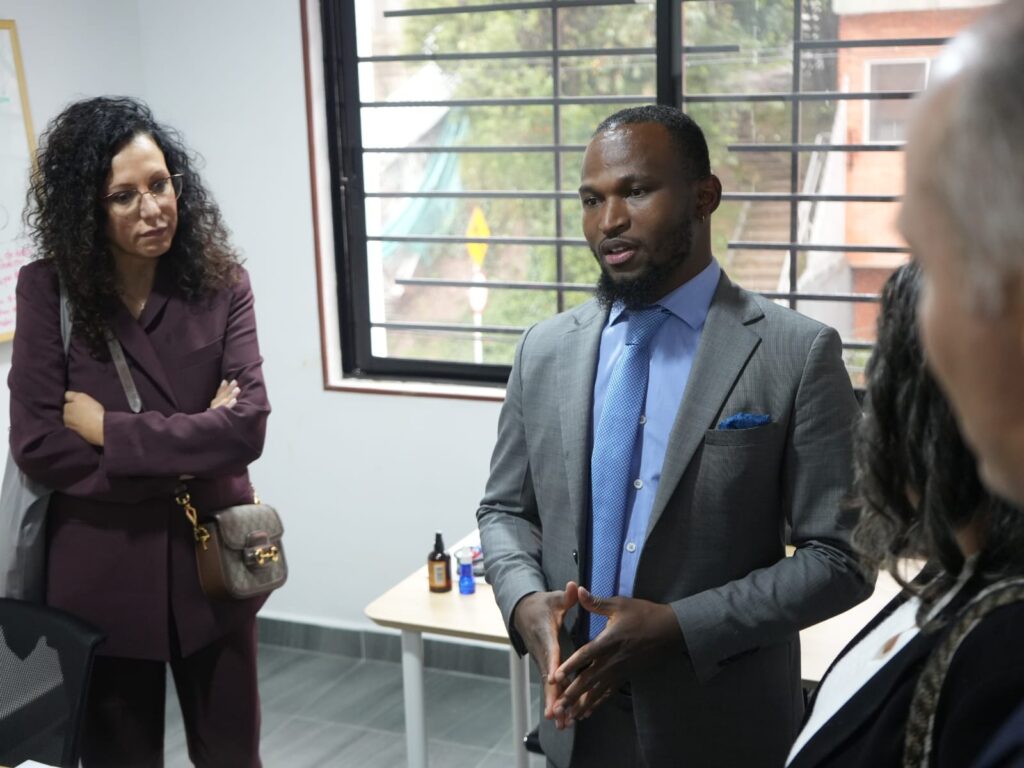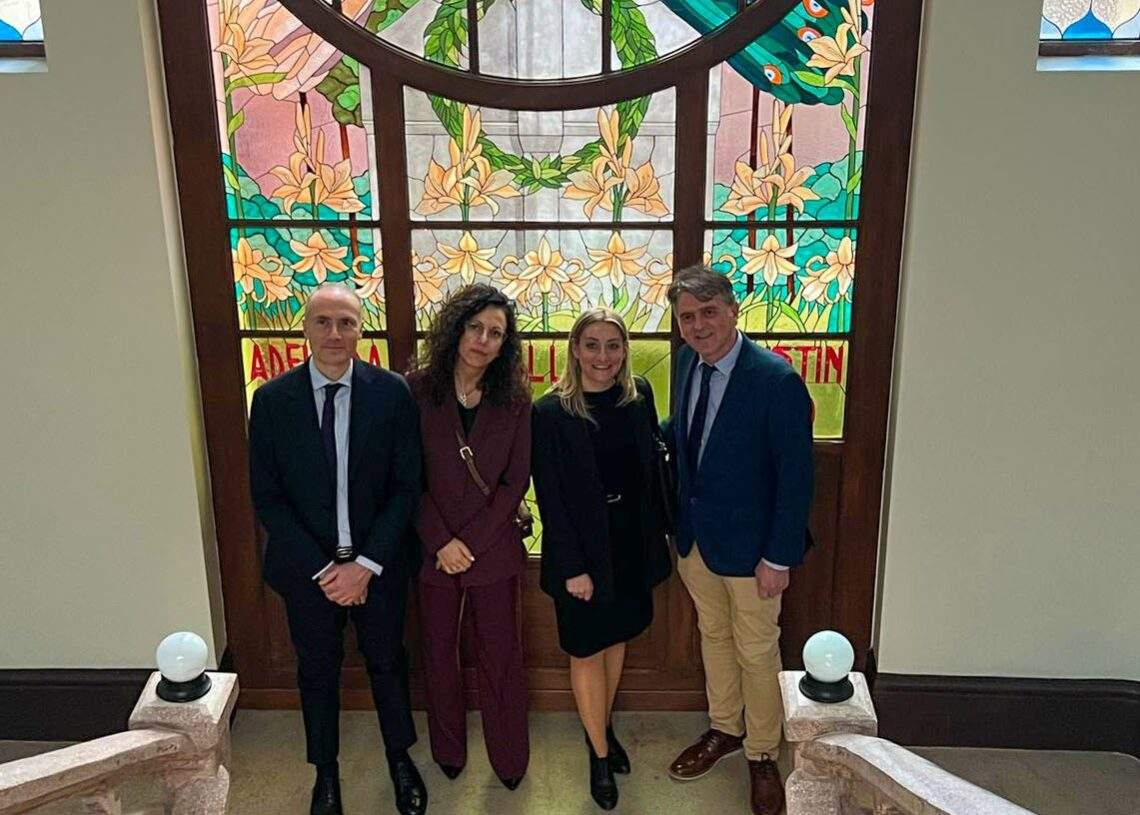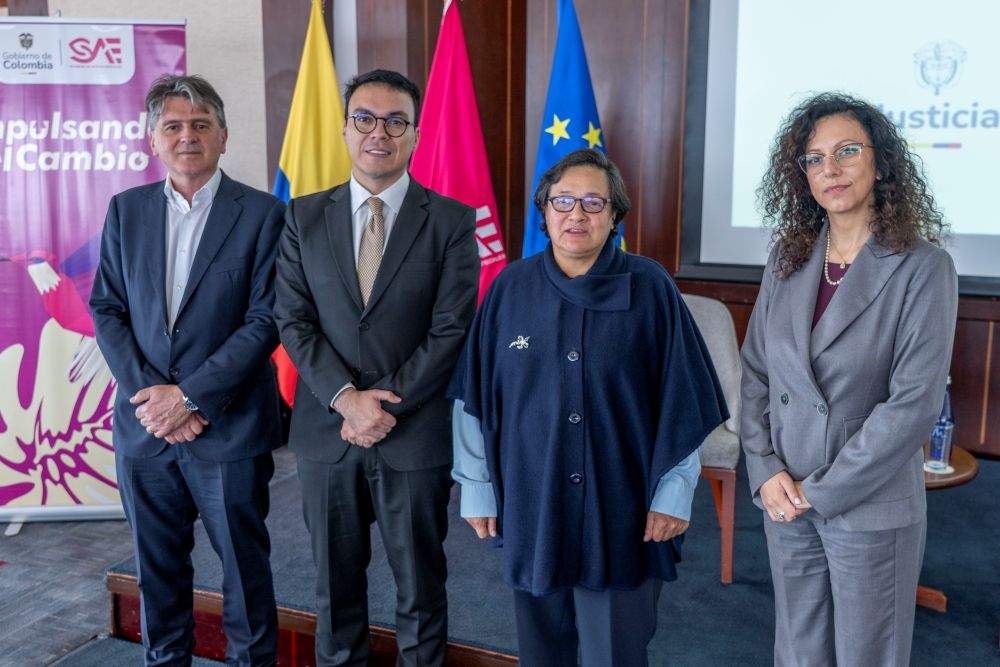By Mariagrazia Passamano, COPOLAD III consultant. Legal expert in international cooperation in criminal matters, with over 15 years of experience. She has worked in technical assistance, training and the development of legal instruments in various countries.
The philosopher and jurist Norberto Bobbio, referring to the mafia, stated: ‘Our democracy is under siege. It is difficult to win the battle, to free ourselves from the siege when the enemy is within the walls. But we must not give up. We must drive out the enemy, even if we are convinced that success is not within reach.’
It was 1989, and these words were sent by Bobbio to the organisers of the anti-Mafia meeting held in Palermo on 3 September, on the seventh anniversary of the Via Carini massacre, in which Italian General Carlo Alberto Dalla Chiesa, his wife Emanuela Setti Carraro and agent Domenico Russo were murdered.
Since then, legislators have intensified their efforts to develop and refine tools aimed at eradicating mafia power, targeting both illegally accumulated assets and the material symbols of territorial dominance. In this context, Italy has established itself as a pioneer by introducing a significant legal instrument with the adoption of Law 109 of 1996. This law is the result of the strong commitment of civil society, particularly the organisation Libera. Asociaciones, nombres y números contra las mafias, which emerged in response to the darkest years of mafia killings.
The law not only represents a significant legal measure, but also an act of justice and dignity: it allows assets confiscated from the mafia to be returned to the community, subverting the order imposed by criminal power. In doing so, territories once ruled by fear are transformed into bastions of civic resistance.
To give a sense of the scale: as of January 2023, Italy had allocated more than 21,000 properties, benefiting more than 1,000 municipalities.

The EU supports the social reuse of assets confiscated from the mafia
This approach has recently received strong institutional support from the European Union. The new European directive on the use of confiscated assets not only explicitly recognises this model, but also promotes it as a best practice for all Member States.
Colombia Moves Towards Implementing the Model for Social and Community Use
Colombia, for its part, is advancing towards a paradigm shift inspired by this approach. In this process of transforming the narrative, COPOLAD has provided technical support to the Ministry of Justice and Law (Ministerio de Justicia y del Derecho) and the Special Assets Society (Sociedad de Activos Especiales-SAE) in formulating a regulatory and operational framework for allocating confiscated assets to social and community purposes. This marks a determined effort to restore meaning to what has been seized from crime—depriving the mafia of its territorial strongholds and reintegrating these assets into the social fabric as tangible evidence of a State also beginning to “eradicate its adversary”.
A key aspect of this collaboration has been the strengthening of the SAE’s capacity to manage confiscated assets by allocating them to projects that promote the transition to legal economies in departments most affected by drug trafficking. These assets are prioritised for community development, education, and cultural initiatives, thereby contributing to the reinforcement of the social fabric in the most vulnerable areas.
COPOLAD has supported this transformation of the SAE model through the creation of inter-institutional technical roundtables, with the participation of Italian experts from the Ministry of Justice and the National Agency for the Administration and Destination of Assets Seized from Organised Crime.
This shift entails moving from a management model primarily focused on asset value retention and monetisation, to one that also seeks to put confiscated assets to effective social and community use.
In March 2025, as part of COPOLAD’s support, the Programme team—on the initiative of SAE President Dr Amelia Pérez Parra—visited two properties confiscated in Colombia. The first, formerly owned by a criminal organisation, was handed over by SAE on 20 May 2024 to the Racial Justice Collective, led by Alí Bantú Ashanti, for the establishment of the House of Racial Justice and Human Rights (Casa de la Justicia Racial y los Derechos Humanos)—an interdisciplinary organisation that defends human rights, with a particular focus on communities of African descent and those affected by drug trafficking and violence.
The second property visited was Villa Adelaida, located in Bogotá and once acquired by Pablo Escobar. This asset, previously linked to organised crime, was assigned to the Ministry of Culture (Ministerio de Cultura) with the aim of repurposing it to promote education, culture, and social justice.
Across Latin America, COPOLAD III supports further initiatives promoting the social reuse of assets seized from crime, in countries such as Costa Rica, Uruguay and Brazil.
As an Italian expert involved in this process with Colombia, visiting places that were once epicentres of despair—and have now become spaces of legality, hope and opportunity—offers a tangible way of witnessing this transformation.
In these places, the words of Nobel laureate Gabriel García Márquez seem to echo with renewed meaning:
“In the face of oppression, plunder and abandonment, our response is life. Neither floods, nor pestilence, nor famines, nor cataclysms, nor even secular wars have managed to reduce the tenacious advantage of life over death.”







